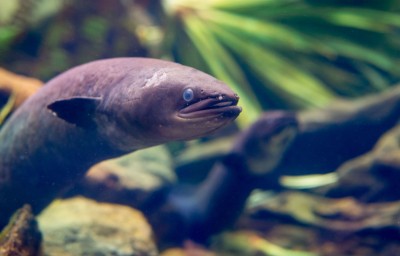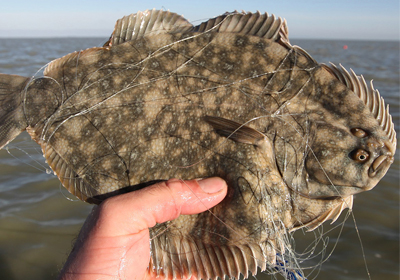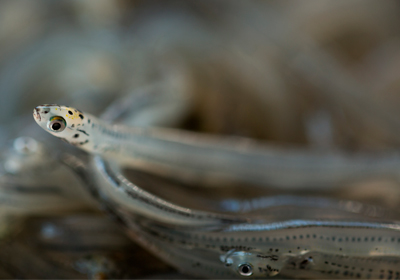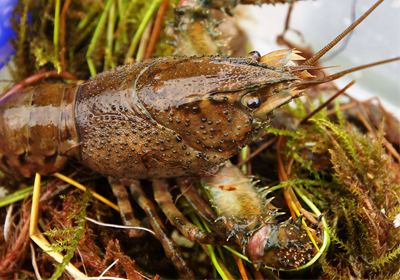Te Waihora is rich in both species number and abundance of fish, with almost 50 species recorded in the lake (fresh and saltwater species)
Te Kete Ika o Rākaihautū/The Fish Basket of Rākaihautū
Te Waihora/Lake Ellesmere has outstanding significance as a tribal taonga, representing a major mahinga kai and an important source of mana for Ngāi Tahu.
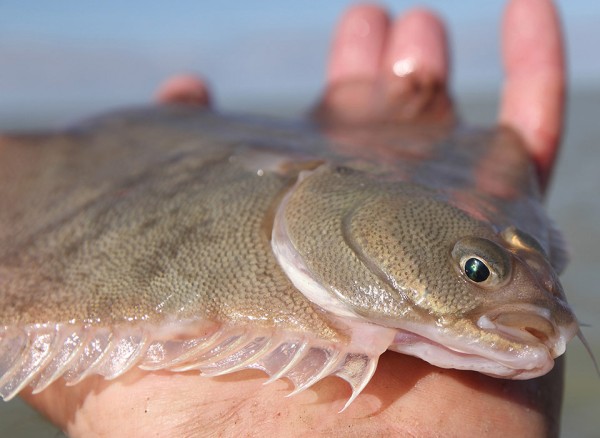 The original name for the lake – Te Kete Ika o Rākaihautū/The Fish Basket of Rākaihautū – is a reference to Te Waihora being a major tribal resource. (Water is a taonga of the utmost importance, playing a central role in the culture, traditions and ongoing identity of the iwi, particularly in relation to mahinga kai. Water is a source of food and physical sustenance and is of significance with regard to mana and spiritual nourishment).
The original name for the lake – Te Kete Ika o Rākaihautū/The Fish Basket of Rākaihautū – is a reference to Te Waihora being a major tribal resource. (Water is a taonga of the utmost importance, playing a central role in the culture, traditions and ongoing identity of the iwi, particularly in relation to mahinga kai. Water is a source of food and physical sustenance and is of significance with regard to mana and spiritual nourishment).
"There was a time when pātiki/flounder could be seen swimming above the shingle lake bottom – a time when tuna/eels were so plentiful the creeks stirred, slippery and black; and plant life grew abundant and rich. It was a time of balance and health. Decades of settlement and farming though, have taken their toll and the lake has been significantly polluted."
Te Waihora abundant with fresh and saltwater species
Te Waihora is rich in both species number and abundance of fish, with almost 50 species recorded in the lake (fresh and saltwater species). Many of the fish are migratory and spend only part of their life in the lake or in the lake’s tributaries.
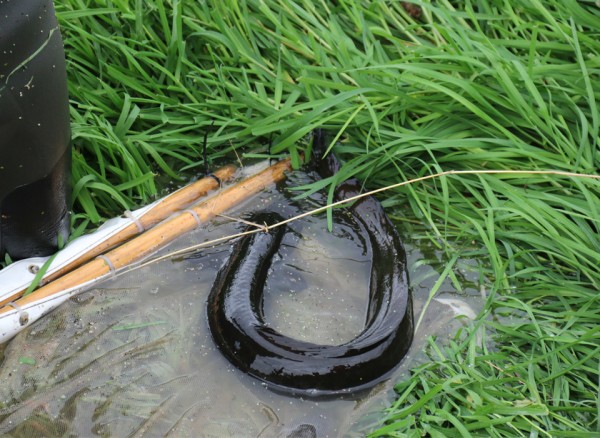 Tuna/eels and pātiki/flounder are significant mahinga kai species for Ngāi Tahu, along with aua/yellow-eyed mullet and īnanga/whitebait. All are diadromous species, meaning they spend part of their life cycle in the ocean.
Tuna/eels and pātiki/flounder are significant mahinga kai species for Ngāi Tahu, along with aua/yellow-eyed mullet and īnanga/whitebait. All are diadromous species, meaning they spend part of their life cycle in the ocean.
Visiting marine species are occasionally present in the lake and include basking shark, elephant fish, red cod, sunfish and seahorses. Marine mammals such as elephant seals and dolphins have also been seen in the lake.
Commercial fishing in the mid-1900s
In the late 1800s, there were up to 250 men and 20 boats fishing from Taumutu at one time, catching pātiki/flounder. Commercial fishing for tuna/eels came later and began to take off in the mid-1900s.
During the 1970s and early 1980s, large quantities of tuna/eels were caught, progressively reducing the average size of eels in the lake, impacting the customary fishing practices of Māori, which are based on allowing the animals to reach a larger size before harvesting.
An export deal struck in the 1970s saw large quantities of tuna/eels from Te Waihora – up to 800 tonnes in a year – exported to London, where they are turned into an East End delicacy – jellied eels.
In 2003 NIWA published a report reviewing the eel fishery in Te Waihora.
Image above shows Dr. Phil Jellyman (left) and Dr. Shannan Crow (right) from NIWA examining
the abundance of shortfin eels during sampling.
Quota management system (QMS) introduced in 2000
Due to concerns over declining catches, the lake was declared a controlled fishery for tuna/eels in 1978, with catches limited. Quotas were introduced for flatfish in 1986.
Both these commercial fisheries were included in the quota management system (QMS) introduced in 2000.
The Te Waihora tuna fishery is restricted to shortfin eels, with fishers actively returning any longfins caught. The quota area covers all of the catchments north of the Rakaia River to Te Waihora, although almost all of the catch is from the lake. The current allowable commercial catch for tuna/eels is 122 tonnes per annum, mainly caught between October and March.
Three species of pātiki/flat fish (black, yellow-bellied and sand flounders) were included in the QMS. Te Waihora is part of a larger management area extending from north of the Clarence River south and around to the West Coast.
Te Waihora is only a small part of this management area, with pātiki mohoao/black flounder being the main species of flatfish caught in the lake.

